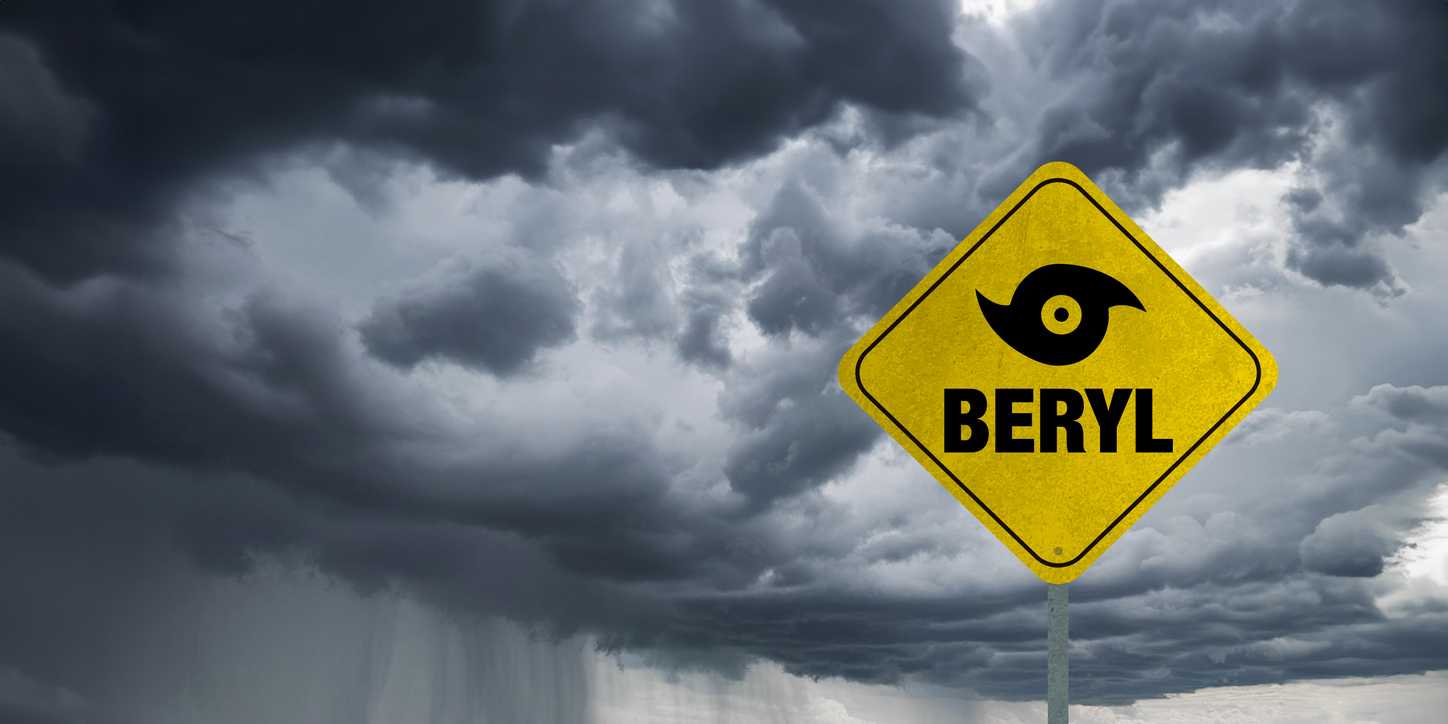Hurricane Beryl came barreling through the Caribbean as a Category 5 storm, with experts at Colorado State University (CSU) raising their already bullish numbers to 25 named storms, 12 hurricanes, and six Category 3 or stronger hurricanes. In May, CSU forecasted 23 named storms, 11 hurricanes, and five major hurricanes.
A Harbinger of a Very Active Season
Although early-season storms don’t typically indicate what’s to come, Beryl is an outlier. The research team at CSU credits Hurricane Beryl’s unusual early-season formation as a Category 5 hurricane in the region partly for its upward adjustment. In an interview with CNN, Phil Klotzbach, hurricane expert and research scientist at CSU, said, “Normally, early-season storm activity doesn’t tell us much about what will happen the rest of the time. But when storms are strong in the tropical Atlantic and eastern Caribbean, it tends to be a harbinger of a very busy season.”
Ocean temperatures in the Atlantic basin have been historically warm for almost a year, particularly where Beryl originally became a hurricane. Warm oceans give fuel for tropical systems to grow in power at a rapid pace. In fact, Beryl strengthened faster than any other storm on record this early in the season, with winds reaching 65 mph in just 24 hours, according to Klotzbach.
Hurricane Beryl also hit Texas’s mid-coast on July 8, creating a deadly storm surge reaching four to seven feet in areas before moving inland toward Houston and other big cities. Heavy rainfall was also recorded across some of the upper Texas coast and eastern Texas, with locally close to 15 inches recorded in places. The hurricane also cut off electricity to large swaths of Texas, and nearly three million people were without power during the second week of July.
Extreme Storms and Property Rates
Although the commercial property losses from Beryl are expected to be relatively manageable, according to Moody’s Rating, insurers have had to continually offset the cost of catastrophic events with increased rates. According to the Center for Financial Research and Analysis (CFRA), hurricanes account for most insured catastrophe losses. For example, Hurricane Ian in 2022 was among the costliest storms in U.S. history at just over $118 billion. Hurricane Katrina in 2005 was the costliest at about $200 billion.
According to CoreLogic’s analysis, Beryl caused as much as $1.5 billion in insured losses in the Windward Islands, less than $1 billion in Jamaica, the Cayman Islands, and Mexico, and between $2.5 billion and $3.5 billion in Texas. Insurers in the U.S. may take a hit of about $2.7 billion from damage caused by Hurricane Beryl, said catastrophe modeling company Karen Clark & Co (KCC). The estimate from KCC includes privately insured damage to residential, commercial, and industrial properties and automobiles, as well as business interruption.
If Hurricane Beryl is indicative of the season and the grim forecast comes to fruition, it is expected that many property/casualty insurance and reinsurance lines will experience more rate increases.
About Seneca Insurance Companies
Seneca Insurance Companies are known for having a broad appetite for writing property risks. We offer admitted and non-admitted ISO-based policies, with catastrophe perils based on location and risk characteristics.
Sources: CNN, CoreLogic

